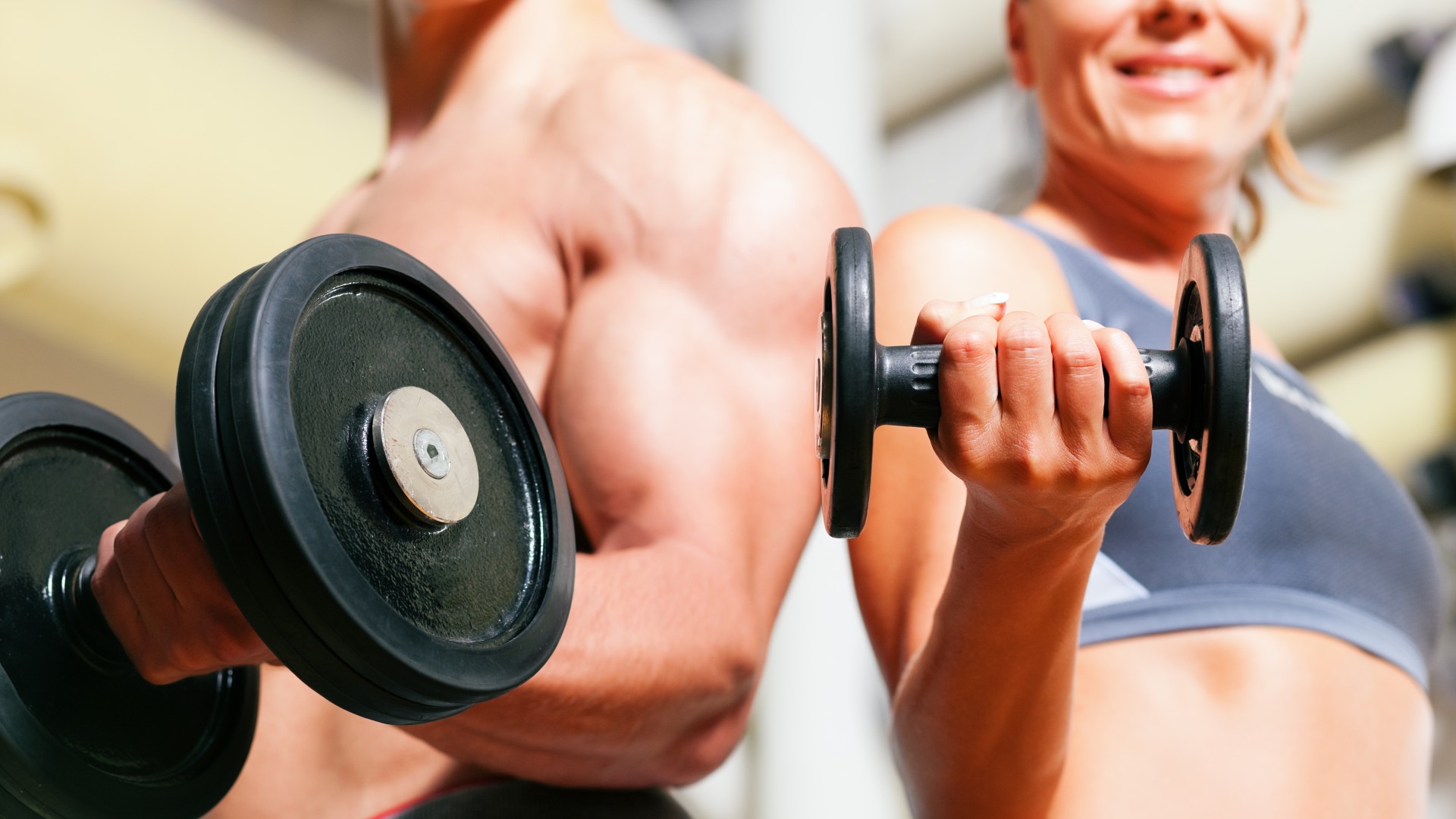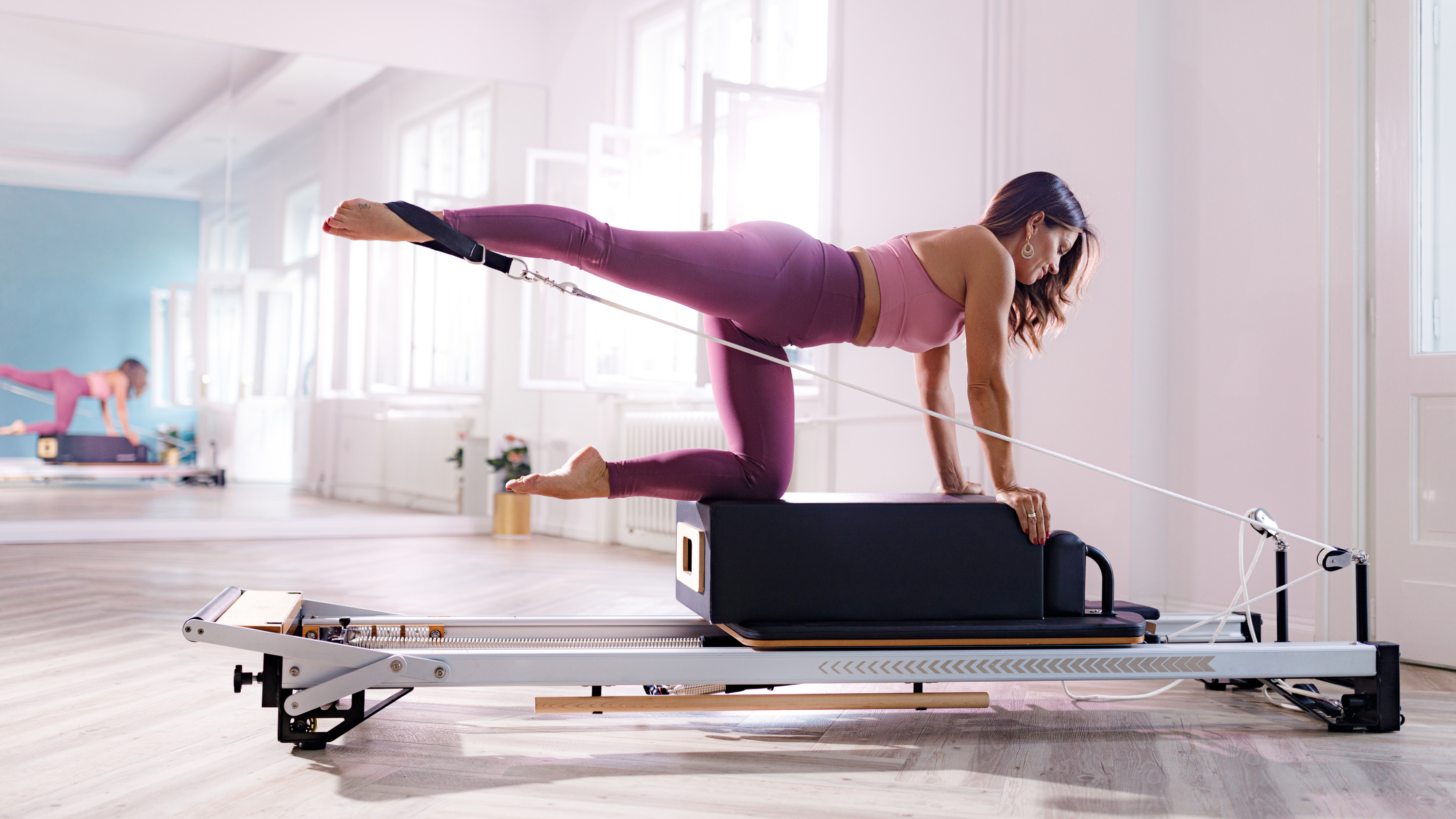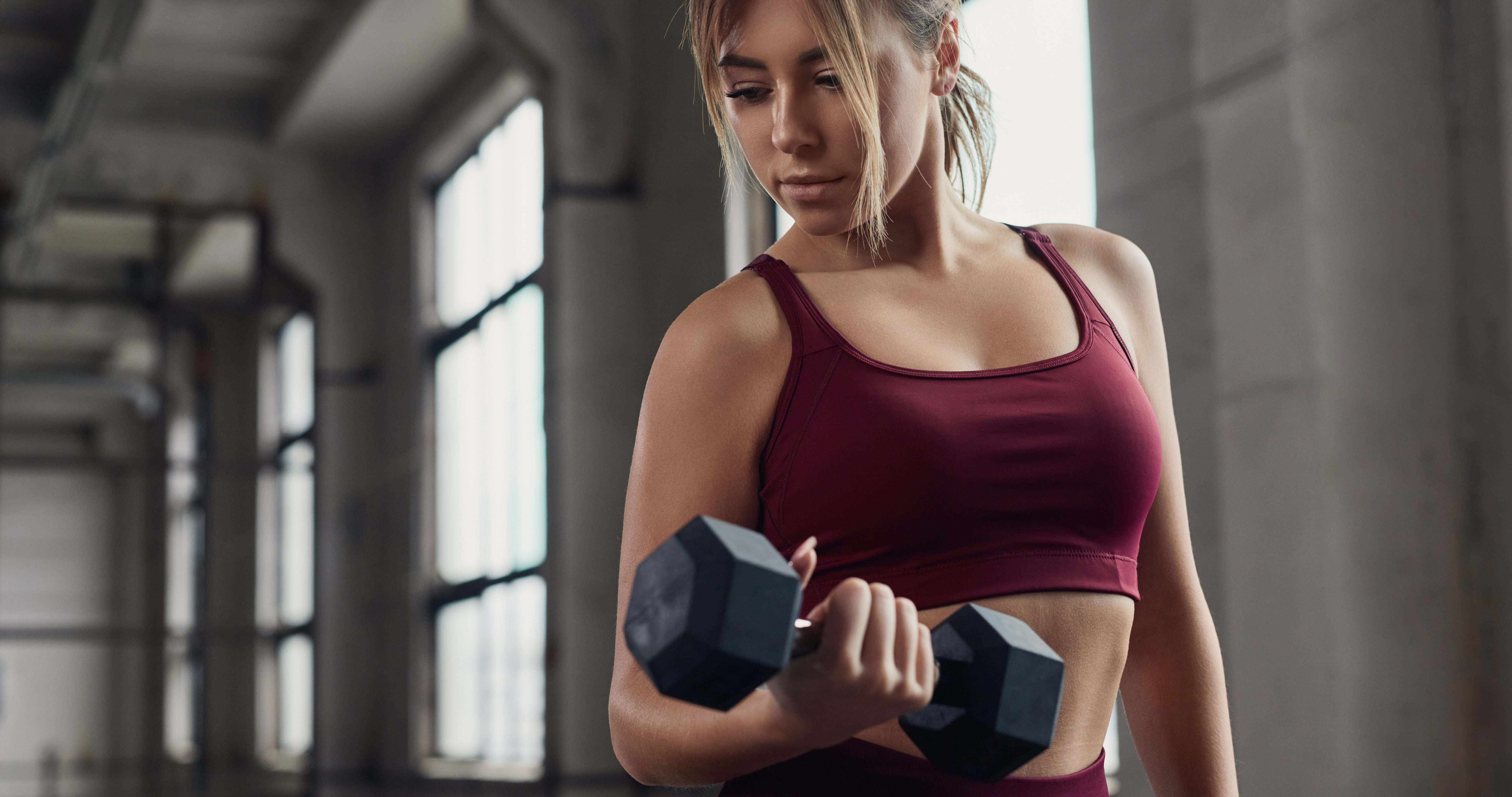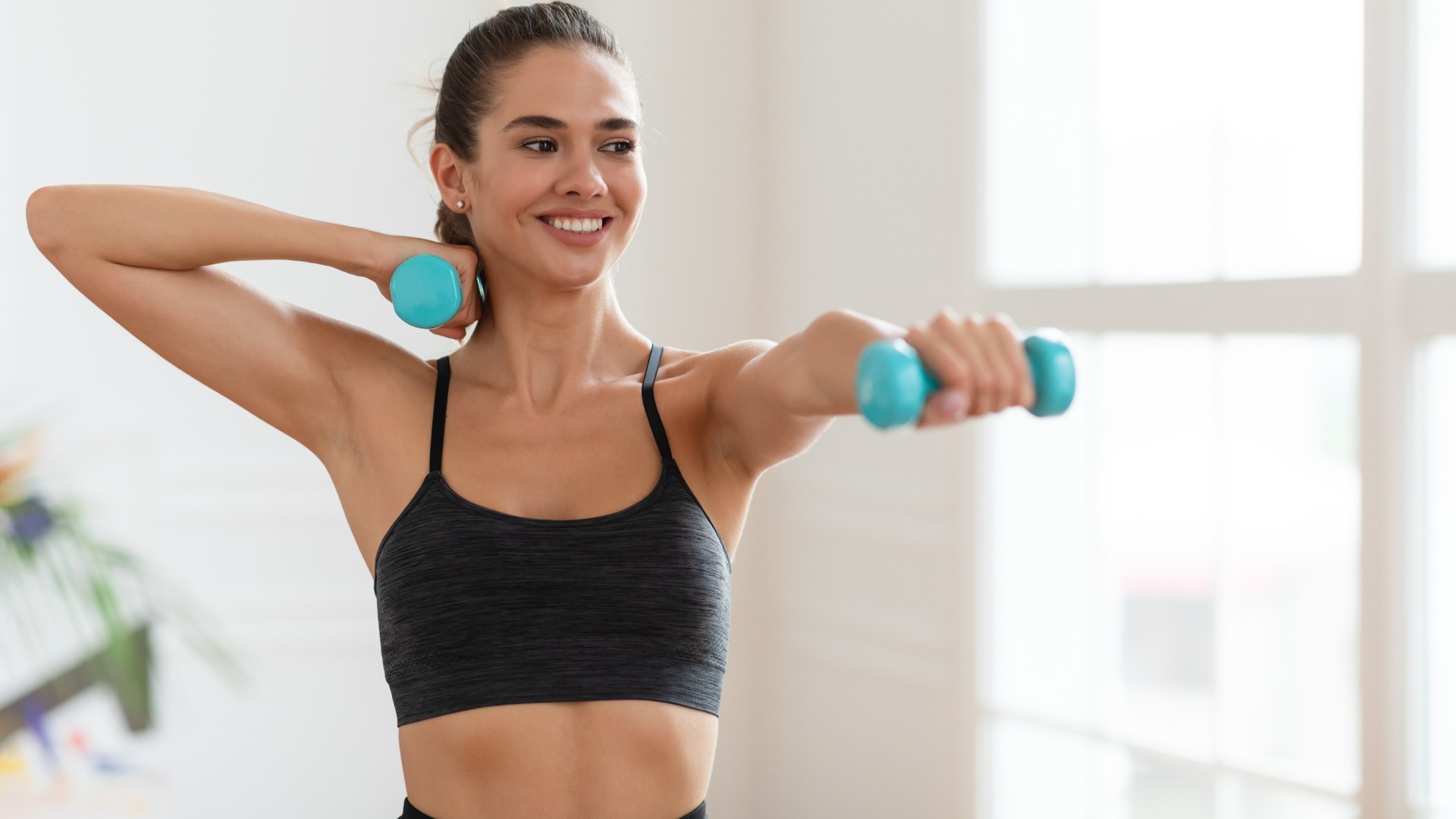
Before I receive a barrage of abuse, can I just say, I don’t hate on Reformer Pilates. In fact, I’m about to embark on a 30-day fitness challenge, swapping CrossFit for Reformer to see what will happen — physically and mentally — to my body.
Which brings me straight to the point — you can’t tone muscle you haven’t built.
Firstly, I’d like to caveat by saying I can’t stand the term “toning muscle.” Essentially, though, it just means creating leanness, muscle definition, firmness, or shape, rather than significant muscular size.
But you can’t do that to muscles that don’t exist, and building muscle isn’t easy to do.
Before the Pilates purists come for me, at the end of the day, exercise in a way that makes you happy and fulfilled. But if you're interested, read on to find out why I prioritize weightlifting over Pilates for building muscle, and the benefits of both for your training routine.
What are the benefits of Pilates?
There are many reasons you should consider taking up Pilates. Firstly, an hour of Pilates can do for your body what many other training methods can’t and won’t: build mobility, flexibility, pliability, muscular control and endurance, strengthen your joints, muscles and bones against injury, develop core muscles of steel and create posture even ballet dancers would envy.
I’m not exaggerating, either. The Pilates lovers I know swear by it, particularly the Reformer, for changing their bodies for the better.
Get instant access to breaking news, the hottest reviews, great deals and helpful tips.
But that lean and sculpted physique you're eyeing up? You need to build that muscle using muscle-growing principles, and Pilates, though brilliant at strengthening and "toning" using high reps, light weights and bodyweight resistance, isn't the gold standard of building that muscle.
In short, they’re not interchangeable methods of exercise. Hence, different training principles yield different results (with some crossover, obviously).
If you really want to grow noticeable muscle size, it comes down to a combination of resistance training, recovery, protein intake and progressive overload principles.

So let’s talk about that very process — hypertrophy. In the hypertrophy vs strength training debate, it’s crucial to understand that these training methods aren’t the same thing, and you won’t train the same way for both.
Strength training builds strength, and hypertrophy training builds lean muscle mass.
Building strength doesn’t mean your muscles automatically grow in size; strength training alters the muscular power output, whereas hypertrophy increases the size of muscle fibers.
So, the best way to build muscle is to resistance train with progressively heavier weights, adapting load, reps and sets over time to adequately challenge muscles and stimulate growth.
Oh, and we love using compound exercises (moves that hit multiple muscles, like squats) for best results.
Once you’ve grown the muscle, muscle definition comes down to body fat percentage. Losing fat and gaining muscle creates the overall appearance of a lean and sculpted physique — a process called body recomposition.
If the muscle isn’t grown, there’s nothing to tone, so while Pilates instructors will tell you the method creates a sculpted, lean physique, muscle-building should be the priority.

It’s also important to look at the muscle fiber types when considering exercise. Slow-twitch muscle fibers are recruited during sustained efforts of exercise at a lower intensity, like Pilates or jogging, when you’ll use your aerobic energy system and your muscles require oxygen.
On the flipside, lifting heavy weights and adopting sports like powerlifting trains your fast-twitch muscle fibers and supports short, sharp efforts using your anaerobic system. In this case, muscles don’t require oxygen, but efforts are shorter and faster.
Pilates won’t train the same muscle fiber types as strength training, and you’ll find that Pilates adopters and long-distance runners will have a different muscle make-up than your weightlifters and sprinters.
The same goes for light lifting and higher reps — this taps into muscular endurance and is typically found more within a Pilates setting than with “true” weightlifting.
We know that studies show lifting for fewer sets and reps at a heavier load and higher intensity is more effective and efficient (read: Work out less and get better results — a new study says this is exactly how) for gains than the former.

Bottom line
It’s not to say that training principles like Pilates, calisthenics, gymnastics and other forms of bodyweight training aren’t incredibly beneficial for your muscles.
But if your ultimate goal is to grow muscle, this isn’t Pilates' arena — weightlifting and strength training are where you want to be.
So, when a Pilates instructor says he or she will sculpt and tone your muscles, you better make sure you're building them first.
More from Tom's Guide
- High reps vs heavy weights
- Forget running or 'Jeffing' — neuroscientist says this is the secret to longevity and hitting 150 minutes of cardio per week
- Forget running and swimming — study finds this sport adds 10 years to your life

Sam Hopes is a level 3 qualified trainer, a level 2 Reiki practitioner and fitness editor at Tom's Guide. She is also currently undertaking her Yoga For Athletes training course.
Sam has written for various fitness brands and websites over the years and has experience across brands at Future, such as Live Science, Fit&Well, Coach, and T3.
Having coached at fitness studios like F45 and Virgin Active and personal trained, Sam now primarily teaches outdoor bootcamps, bodyweight, calisthenics and kettlebells.
She also coaches mobility and flexibility classes several times a week and believes that true strength comes from a holistic approach to training your body.
Sam has completed two mixed doubles Hyrox competitions in London and the Netherlands and finished her first doubles attempt in 1:11.
You must confirm your public display name before commenting
Please logout and then login again, you will then be prompted to enter your display name.


